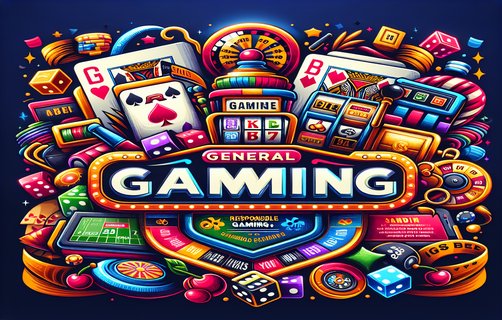The Interplay of Strategy and Chance: Mastering Game Dynamics
खेल गतिशीलता के मास्टर: रणनीति और अवसर का सामंजस्य
In the realm of game design, engagement, resource pool management, luck factor, game bags, fixed boards, and difficulty curve balancing are the keystones that sculpt a player's experience. Each aspect contributes to creating a nuanced and immersive gameplay environment that keeps players returning for more. Engagement forms the foundation; it is about capturing the player's attention and ensuring that the game maintains its allure. Designers often utilize storytelling, visuals, and interactive elements to foster a profound connection between players and the game world.

Resource pool management serves as the lifeblood of strategic gameplay. Players navigate limited resources, making critical decisions on how to allocate them. This dynamic promotes strategic thinking and planning, as players weigh risks against the potential rewards of their choices. Harnessing this aspect effectively can lead to heightened tension and satisfaction as players feel the weight of their decisions amidst the unfolding gameplay.
Luck factors introduce an element of unpredictability that can either enhance or derail a player's strategy. A well-balanced game integrates luck in a way that keeps players on their toes without diminishing the value of skillful play. Game bags can function as mini-bonuses, offering players opportunities to capitalize on luck, while fixed boards provide a stable and familiar environment for strategic planning. This duality allows players to test their skills yet remain anchored in a predictable framework.
As players progress, the difficulty curve must be meticulously balanced. Gradual increases in challenge help maintain engagement and ensure that the game remains accessible while also encouraging growth. An optimal difficulty curve tailors itself to the player's skill level, presenting challenges that feel rewarding rather than overwhelmingly frustrating. This balance is crucial; get it wrong, and it may lead to disinterest or burnout.

In conclusion, the interplay of these elements creates a harmonious experience. Designers who master engagement, resource allocation, randomness, strategic components, and the difficulty curve not only create an entertaining product but also forge a lasting bond with the players. Captivating games thrive on this intricate dance between plan and chance, strategy and spontaneity, making each session an adventure that beckons players back for more. From casual gamers to seasoned veterans, the essence of gaming lies in how these elements intertwine to create not just a game, but a memorable escapade.

comments
GamerGuru
This article brilliantly breaks down the complexities of game design. Absolutely insightful!
PixelPioneer
I loved how you emphasized the balance between strategy and luck. It’s vital for engaging gameplay!
LevelUpNinja
Resource management is often overlooked, but this piece captured its importance wonderfully!
EpicTabletop
The discussion on the difficulty curve was spot on. Games need to challenge us without frustrating us!
CoinCollector93
No game feels the same when you get the luck factor right. Such a valuable perspective!
StrategySensor
This is a must-read for aspiring game developers! So many great insights packed in one article.